Embarking our tour, we fly over to the dragon kingdom Paro. We fly over passing by Mountains of 5500 meters to Paro. Paro is a beautiful valley and is home to many of Bhutan’s oldest monasteries and temples, and the country’s only international airport. The flight to Paro is one of the most spectacular mountain flights in the world, with a constantly changing panorama of some of the highest mountains on earth including Chomolhari and Jitchu Drake peak. Paro Airport has been described as “the most difficult commercial airport in the world”. 1980 meter runway length presents a double challenge, due to the extremely low density altitude at the site. So, only a handful of well experienced pilots are certified to operate commercial airplanes here thus, making least number of flights in a day. After immigration and custom formalities, check out from the departure lounge. There you will meet one of the representatives of Nature Trail Travels & Tours, Trekking & Expedition who will greet you and then escort you to your respective hotel where you will stay overnight. Before dinner at the hotel there will be an orientation on Bhutanese etiquette by your guide.



You will have a short hike up to Taktsang monastery, a prominent sacred Buddhist site and temple complex perched on the edge of upper Paro Valley. It is also known as the Tiger’s Nest. This magical monastery clings to a vertical granite cliff 300 meter above the valley. Legend has it that the great Guru Padmasambhava flew to this spot on back of a tigress and meditated in a cave during the 8th century. When the Guru finished his meditation, he instructed that the monastery to be built. The temple was built around the cave and is a hallowed shrine for Bhutanese pilgrims. The spectacular view along the way and the historical sites draw many tourists to this imposing monastery. There are also a number of temples scattered along the route. Later we’ll turn to the Paro Dzong, a large Buddhist monastery and fortress, which is considered the best example of Bhutanese architecture. Now it also houses the district Monastic Body and government administrative offices. On the hill above the Dzong stands an ancient watchtower called Ta Dzong, which is the National Museum of Bhutan. Visit Ta Dzong Museum housing many religious relics, works of art and handicrafts offering a great orientation into Bhutan’s historical, cultural, and religious past. This Dzong was converted into the National Museum in 1968. The museum boasts antique thangkas, textiles, weapons and armor, household objects and rich assortment of natural and historic artifacts. Here you can also learn about Bhutan’s history. After this hike and a short sightseeing tour, we drive to Thimphu following the Pachu River. Once a rustic village sitting in a broad, fertile river valley, Thimphu is today the nation’s bustling capital. We will stay overnight at Thimphu.



Drive to Punakha via Dochu La Pass (3,100m) situated 10,000 feet above sea level. You can have magnificent view of eastern Himalayas from this pass which includes Bhutan’s highest mountain Mount Gangkar Punsum (7550 m). From the pass, we drive downhill through the rhododendron, fir and hemlock forests. We then pass through rice fields along river banks and reach Punakha. In Punakha, we visit Punakha Dzong which was built between 1637/1638 and is the second oldest and the second largest Dzong in Bhutan. Overnight in Punakha.



On the following day, we drive to Trongsa, gateway to central Bhutan at 2,180 metres. Set amid spectacular scenery, Trongsa Dzong, the ancestral home of Bhutan’s royal family, commands the eye from miles away. You’ll also be able to visit Ta Dzong, which is the newly opened museum in the watchtower. Commanding the Mangde Chu at an altitude of 2,200 metres Trongsa Dzong is the most impressive Dzong in Bhutan. Built in 1644 by the Zhabdrung, the Dzong is an architectural masterpiece. Dedicated to the Wangchuk dynasty, it tells the stories of the Dzong and the valley, featuring personal belongings of the kings and queens of Bhutan. Continue through some of Bhutan’s most idyllic landscapes to Bumthang, an area of high valleys that sits between 2,580 – 3,100 metres. Bumthang is also known as the heartland of Buddhism. The Guru and his lineage of Tertons, treasure finders, have led to the sprouting of many temples in the valley. On arrival at Bumthang, you will stay in a local farmhouse where you’ll experience a genuine slice of Bhutanese life and hospitality. The facilities here are quite basic, but the accommodation is exactly how a typical Bhutanese family live; and the food are in no way adapted for tourists.



Sightseeing tour in the spiritual heartland of Bhutan includes many legendary monasteries, temples and palaces. You will start your pilgrimage sightseeing tour with a visit to Jambay Lhakhang. It was built in the 7th century by the Tibetan King Songtsen Goempo, believed to be the reincarnation of the Buddha of Compassion. It is one of the 108 monasteries built by him to subdue evil spirits in the Himalayan region. The next site we will be visiting today is Chakhar (Iron Castle) Lhakhang. Chakhar Lhakhang lies beyond a short distance from Jambay Temple. Although it is easy to mistake it for a house and drive right by, this is an interesting temple and is worth a short visit. Then drive up to the valley to Kurjey Lhakhang. Kurjey means, “Body imprint”. The temple to the right is the oldest and was built by Minjur Tempa in 1652. It was built around the cave in which Guru Rimpoche meditated and left his body imprint. A few minutes’ walk from Kurjey will lead us to Tamshing Lhakhang. Cross the small suspension bridge and you can see a temple which is known as Tamshing Lhendrup Chholing (Temple of the Good Message).
If time permits, visit the Kungzandra Monastery which is one and half hour walk from the road. It is one of the places where Guru Rinpoche meditated as did his disciple Namkha Nyingpo, and a little temple is said to be to have been established there at the end of the eight century. However the present site was founded by the saint Pema Lingpa in 1488. Overnight Lodge.



Visit Tharpa ling Monastery (the place of liberation) which is located on the face of a hillock overlooking the village of Gaytsa in Bumthang. It is about an hour drive through the dirt road which winds up from the village of Gaytsa. Gyalwa Longchen Rabjampa, a 14th century Tibetan master visited Tharpa ling and perched a dharma called Yodsel Dorji Nyingpo. In the course of his teaching, he liberated many followers and gradually the place came to be known as ‘Tharpa ling’ or the place of liberation. Today it is one of the important monastic bodies of Kagyu and Nyingma sects of Buddhism in Bhutan. Popularly known as the ‘Great cannon of Tharpa ling,’ the Tharpa ling cannon, is a massice phallus-carved of stone and cement. This seven foot wonder has a seemingly-strange but interesting history behind it.
According to the curator of the temple, the massive phallus was erected with its tip pointed towards the valley. Legend has it the valley facing temple, is in the shape of a female organ. As a result of this strange setting, it posed a threat to the sanctity of the temple there were incidences when monks from the monastery gave up their monkhood, resulting in the decline of the number of monks in the monastery. The great cannon was erected in the dawn of the early 12th century and has, since, miraculously curbed the problem that had long been a threat to the sanctity of the temple.


Drive for about six hours to reach Gangtey which is situated at the height of 2,900 metres above sea level. On arrival, enjoy the immense views of the remote Phobjikha Valley and the Black Mountains. Move onto visit Gangtey Gompa (one of Bhutan’s oldest and recently renovated monasteries) and explore the valley where the villagers continue to live a traditional Bhutanese rural lifestyle. This is the site where black-necked cranes visit in their hundreds in November of each year, after spending the summer in Tibet. Explore the colorful, recently-restored Gangtey Gompa, a monastic college famous for its annual festival to welcome the migration of black-necked cranes.



This morning, venture out on a day walk in the valley known as the Shasi La Nature Trail. The trail is used by the people of Sha Ngawang and Chitokha to migrate between their summer and winter homes in Gangtey. It was also an important trail used by the Gangtey Truelku and his followers in the past, when migrating between his winter residence in Sha Chitokha and Gangtey Gompa. The walk takes around six hours for casual trekkers to reach Kheylaykha from Phobjikha, and is especially great for bird lovers as there’s an abundance of wildlife in the area.


Hike up to the hilltop village of Rinchengang and learn about its interesting history. Rinchengang is picturesquely situated on a steep ridge near Wangdi and then drive to Paro. Upon arrival at Paro, you can visit impressive Paro Dzong, one of the finest examples of Bhutanese architecture.



Ending our trip, you will be transferred to the airport for your flight back to home. During the flight you will enjoy breathtaking views of the Himalayan peaks that include sacred Bhutanese mountains such as Jomolhari and Jitchu Drake.
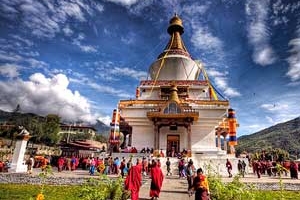
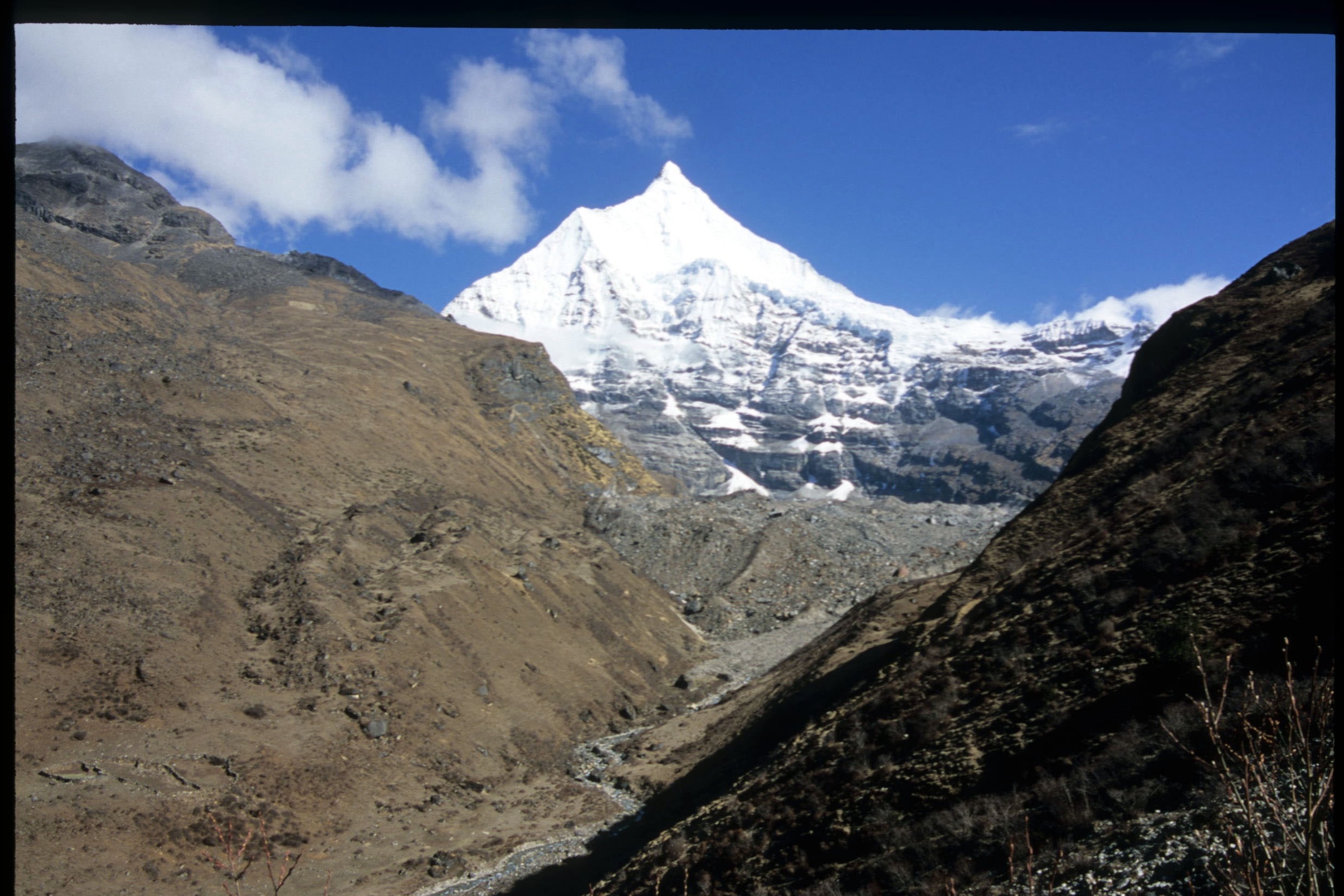
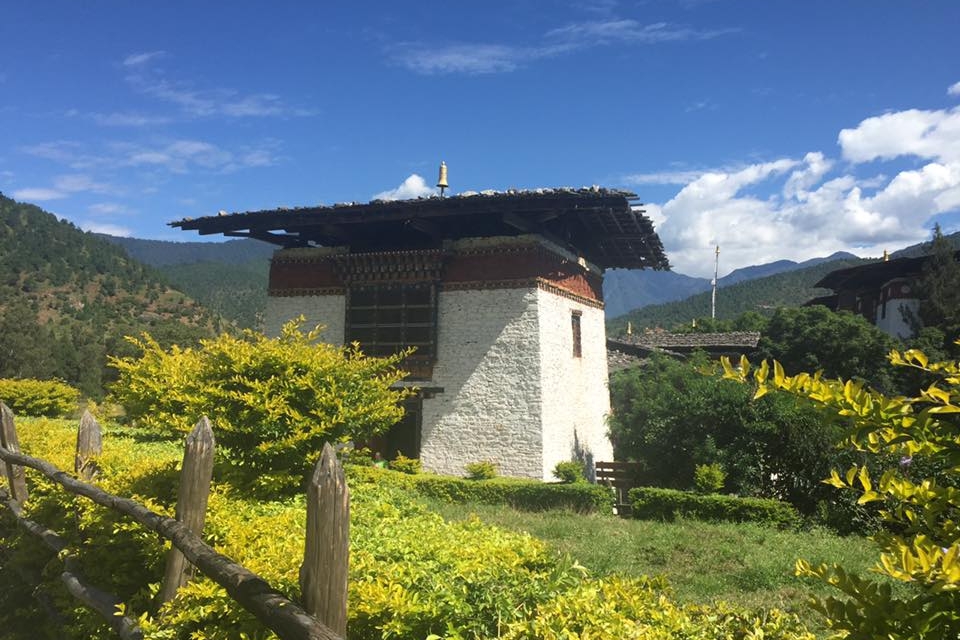

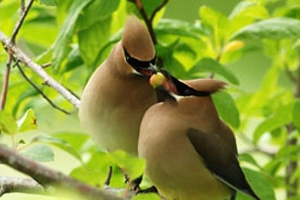
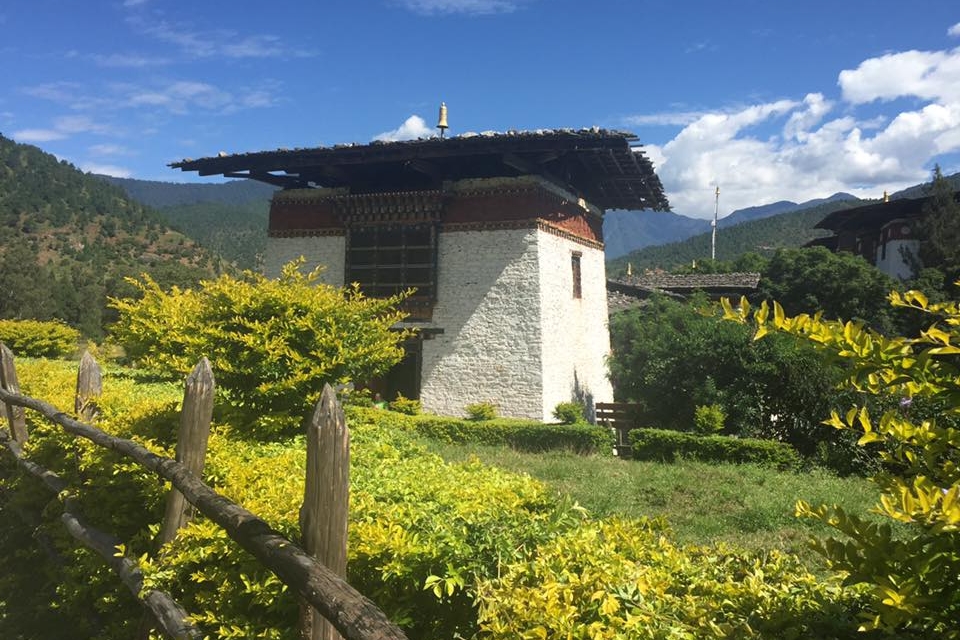

Discover incredible offers for your upcoming adventure by subscribing to our newsletter with the latest travel tips and updates.
